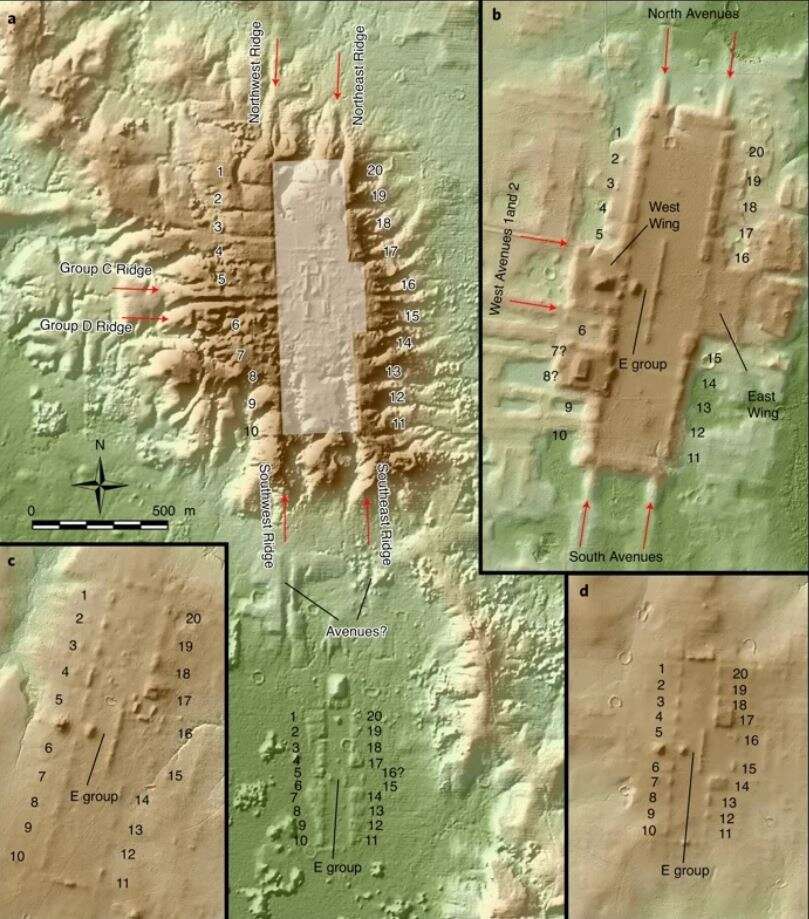Researchers have discovered 478 ceremonial objects hidden in plain sight in what is now southern Mexico.
According to the study's authors, hundreds of ceremonial complexes are a combination of Mayan and ancient Olmec sites.
 Comparison of the rectangular hallmark of San Lorenzo (top left) and MFU in other structures (with Aguada Fénix top right
Comparison of the rectangular hallmark of San Lorenzo (top left) and MFU in other structures (with Aguada Fénix top right
Originating around 2600 BC , the Mayan civilization flourished in Central America for nearly 3,000 years, reaching its peak between 250 and 900 AD.
The Olmecs were another Mesoamerican civilization that inhabited this land earlier, from about 2500 to 400 BC.
It is interesting that, despite the difference betweenThe time of construction of Mayan and Olmec structures, they have similar details in construction and design. The ceremonial complexes of both civilizations were built with an emphasis on rectangular squares surrounded by platforms at the edges.
Let us remind you that last year the groupInternational researchers led by the University of Arizona reported last year the discovery of one of the largest and oldest Mayan sites. This place, called Aguada Fénix (Aguada—Phoenix), has a length of 1400 m and a height of up to 15 m. The construction date varies between 800 and 1000 BC.
Now these same experts have announced that they have discovered smaller ceremonial complexes (a total of 478 structures) that are similar in shape and characteristics to the Aguada Phoenix.
Read more
Hubble took a photo of the same active galaxy 20 years apart
Astronomers told where and how gold and platinum are formed in the universe
Hear the sounds of Mars recorded by the Perseverance mission